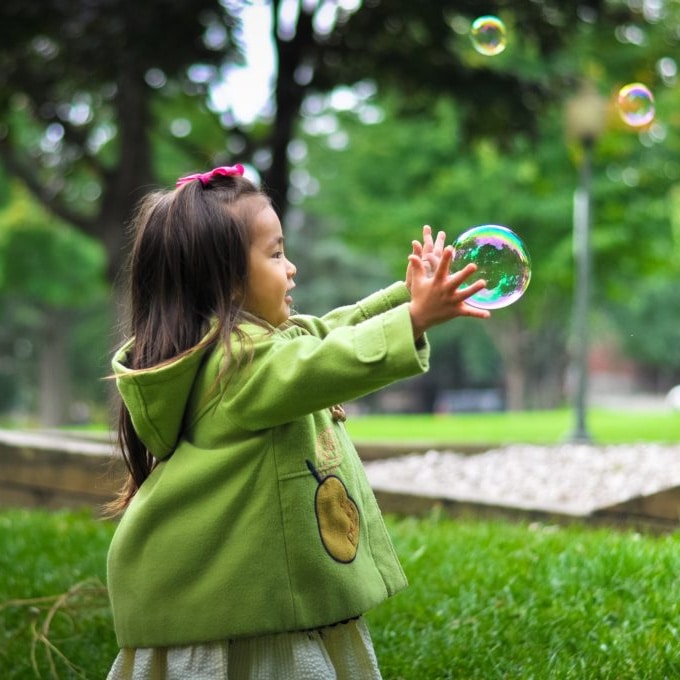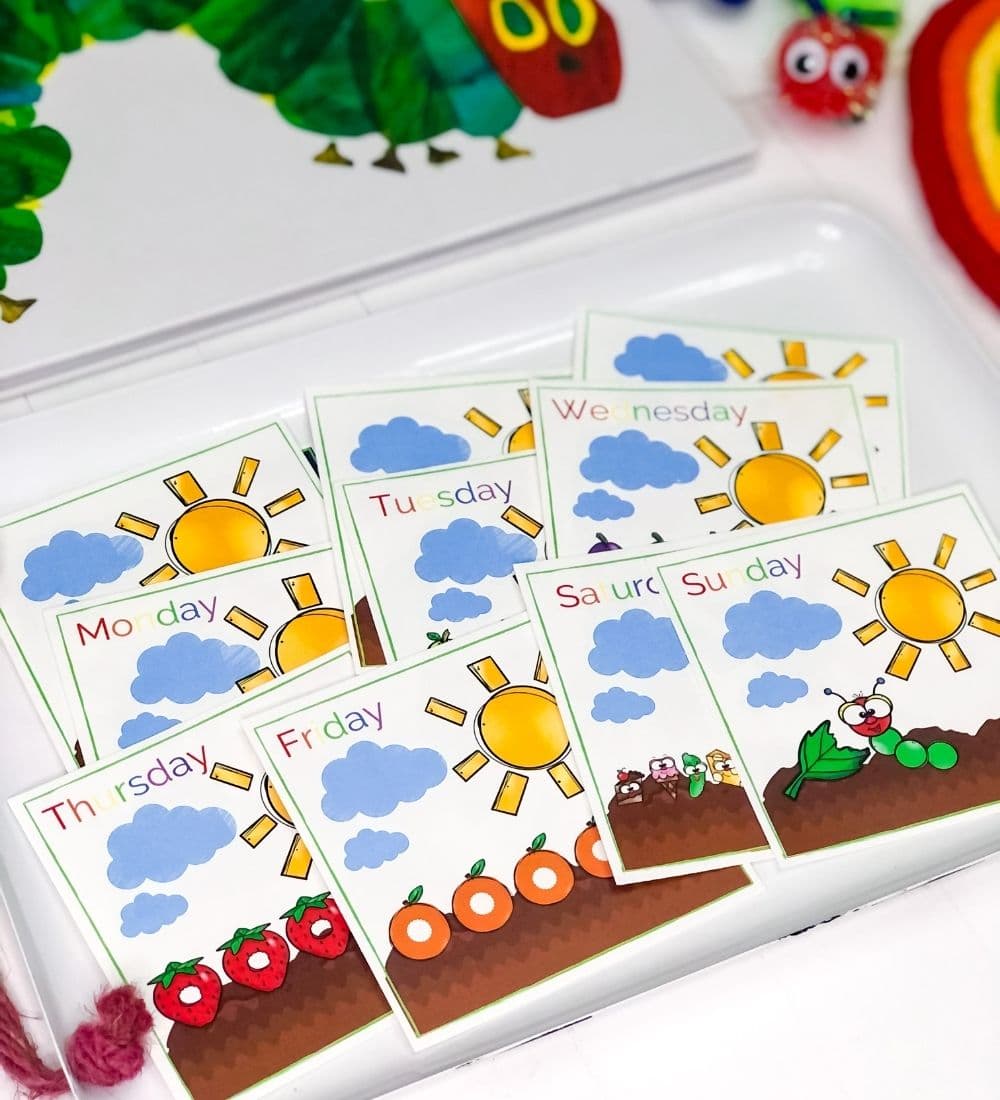Just a heads up-Some of my pages may contain affiliate links only to products that I absolutely love! As an Amazon Affiliate I earn from qualifying purchases. If you buy something through one of my links-you won't pay a penny more-but I'll make a small commission.
purposeful science and sensory
Why is science important for kids?
Children by their very nature are incredibly curious and are born natural scientists.
Children are instinctively drawn to nature. They love dirt, water, sun, animals, grass, trees and flowers. They are driven to explore, experiment, ask questions and wonder about the world around them.
When given the chance to explore, children are able to learn about cause and effect. They also learn how to solve problems and adapt.
When children explore science, they learn how to make predictions, to investigate, to ask questions and to share what they’ve learned. Through science and sensory exploration-young critical thinkers are born!

purposeful play
Science and Sensory Materials
Inspire young scientists by keeping lots of items from nature
as well as a variety of books available for exploring.
sensory table
sand
sand tools
water
water tools
rocks and pebbles
sticks
shells
pulleys, gears, wheels
cups, bowls, ladles, spoons
dropper, funnels, strainer
buckets
foam letters
paper and writing utencils
water wheels
sifter
binoculars
rulers
clipboard
plants
pets if possible
magnifying glass
books on science topics
nuts and bolts
balance scale
magnets
broken toys or small items that can be taken apart
spray bottles
Favorite Science & Sensory Supplies
Below are links to some of the best science and sensory materials that I’ve used. All of the items I’ve chosen to list have been widely popular with my students and as well as my son, providing hours and hours of purposeful play!
purposeful play
Science Activities for Kids
the messier the better
Allowing children to freely explore elements such as water, sand, mud and other natural materials-though messy-is the absolute best way for a child to learn and experiment. Time with nature creates new connections in the brain and is therapeutic to the soul. Give your child lots of materials to work with-buckets, shovels, pails of water, play animals, vehicles and anything else you can think of that would engage and ignite your child’s imagination.
measure, mix, pour
Cooking together is a wonderful way to bond with your child. Cooking also teaches concepts in all areas of development.
While cooking or baking together be sure to point out the measuring tools you are using, the quantity needed, the recipe you are following and the print on all the ingredient labels.
Ask your child to participate as much as possible.
Ask “what if” and “what would happen” questions.
Cooking turns into a powerful literacy activity when you point out as much print as you can. Highlight the recipe you are using, introduce as many new words as you can and verbalize your actions.
fill, spill, pour
Children are naturally drawn to water and will find a way to play in it any chance they can.
Water play can happen in a sensory table, bath tub, sink, an old baby bathtub, at the lake/pool or outside with buckets, pots and pans.
When you child gets the chance to play in water-set out lots of different materials for your child to use.
Water toys, kitchen utensils, pots, pans, pails, spoons, tubes, funnels, balls, plastic tubes, foam letters, plastic animals, shells, sand, dolls, soap, washcloths, plastic fish, sponges, rocks, ladles, measuring spoons, boats, basters, tongs, plastic bottles, buckets, spray bottles, strainers, water droppers.
discover nature
Getting outside, soaking up Vitamin D, breathing fresh air and exploring nature is absolutely critical for children!
While you are going on your outdoor adventures-talk about what you see, hear, smell, feel. Ask your child about what they see, hear, smell and feel. Ask questions, and introduce as many new words are you can during your conversation.
Stop and explore whenever you come across something interesting. Stop to explore the bugs, the flowers, the grates, the leaves or the water flowing down the road.
Talk about the road signs you see, point out the letters and words on the sign and what they mean. When you get back encourage your child to draw or “write” about what their outdoor exploration. Be mindful of what sparked your child’s interest and explore those areas further with them.
read, read, read
Books are such an excellent way to explore topics relating to science!
Go to the library and load up on books that spark your child’s scientific side.
It’s important to really follow your child’s interest. By tapping into what your child is fascinated in, you can open up a new world for them!
You can teach a child just about anything through the topics that interest them.
Extend book reading by encouraging your child to draw pictures of their favorite part of the book. Take your child on an outing that reinforces what you’re reading about. Play out what your child has learned through dramatic play. Find toys and play materials that reinforce the topic.
focused studies
Children are fascinated with animals. Give them the chance to engage in a focused exploration and study of their favorite animal. Focused Studies leads to a great deal of developmental growth.
Learn more about animals studies below
temporary or permanent
Pets, either temporary or permanent, are a wonderful way for children to explore their scientific side at home.
Temporary Pets
Any type of bug or creature you can catch
Borrow a pet from a friend
Caterpillar kits–these are my favorite. Purchase kits here.
Permanent Pets
Any type of pet that your family agrees on
Fish make a great first pet






